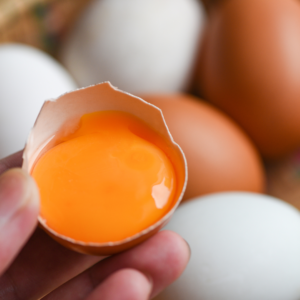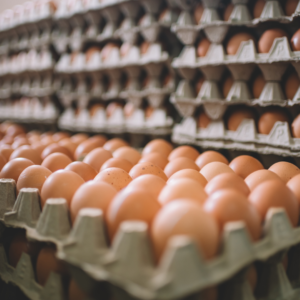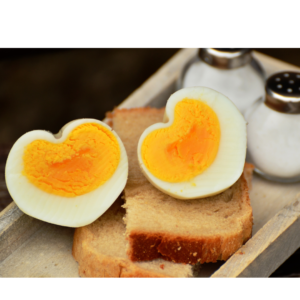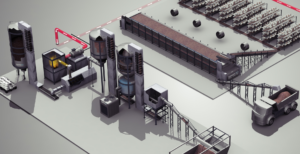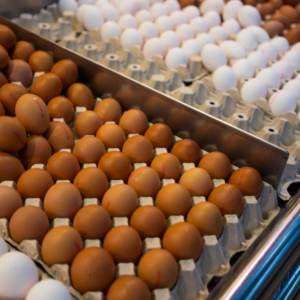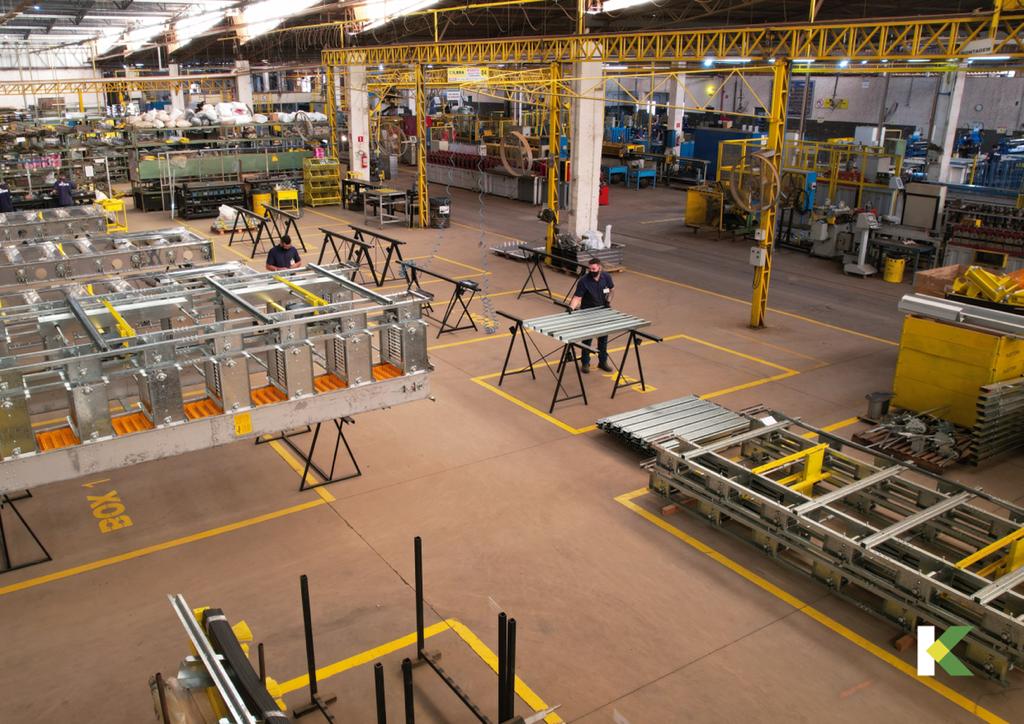Consideration of Inlets in Aviaries
In Brazil, some forms of ventilation are carried out for aviaries in order to improve the quality of life and well-being of the birds. One of them is the minimum ventilation, which is on the rise in the country because it provides ventilation with less aggressiveness and without major changes in the temperature of the environment. Being responsible only for the exchange of air, eliminating high humidity, gases and impurities from this medium.
For this minimum ventilation system, equipment called Inlets are used, in English “inlets” and in this case external air inlets. For the correct sizing in the Breeding and Recreating phase both for the Production phase, it is advisable to work with a system capable of carrying out 40% of all the ventilation carried out in the shed, that is:
10 exhausters of 40,000 m³/hour in the shed.
Total: 400,000 m³/hour.
Total flow in the Inlets: 160,000 m³/hour
Flow of an Inlet at 30Pa: 2,000m³/hour.
Total Inlets: 80 pieces.
Operating scheme

The arrows in Blue indicate the entry of external (natural) air into the aviary, from the sides to the central area. The arrows in red indicate the longitudinal direction that the air travels inside the aviary until it is expelled by the air exhausters. Providing the ideal renewal of all indoor air.
Main advantages:
• Less aggressive environment;
• Better quality of life and well-being for the birds;
• Improves development of chicks;
• Increases egg production;
• Greater pressure and temperature control;
• Generates peace of mind and security for the producer;
• Low cost, if not the lowest in relation to the total investment in the aviary;
• Fast return on investment.


